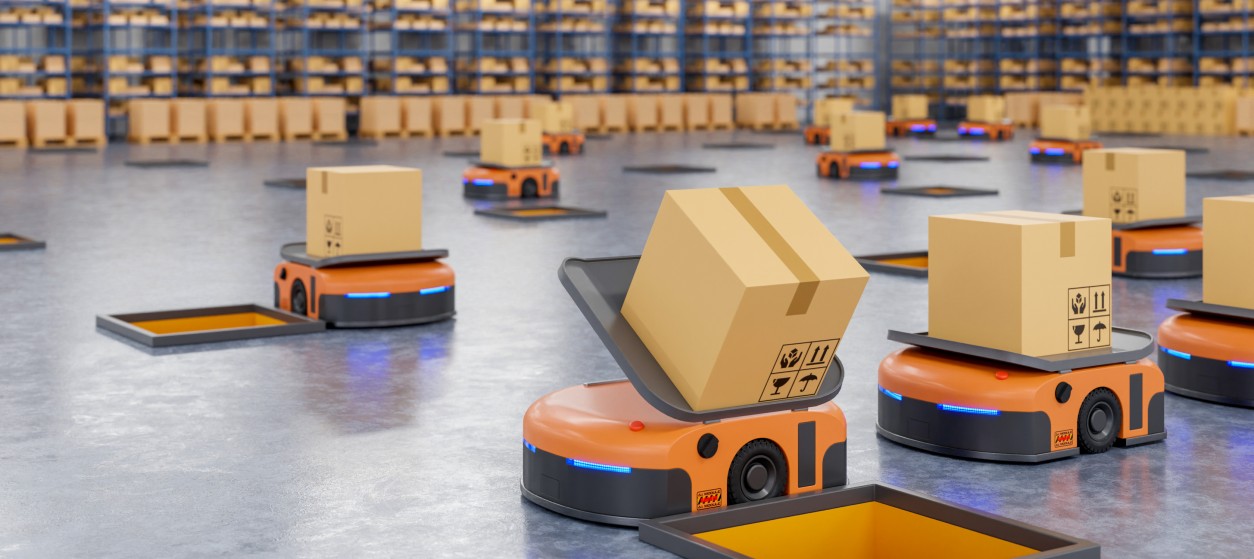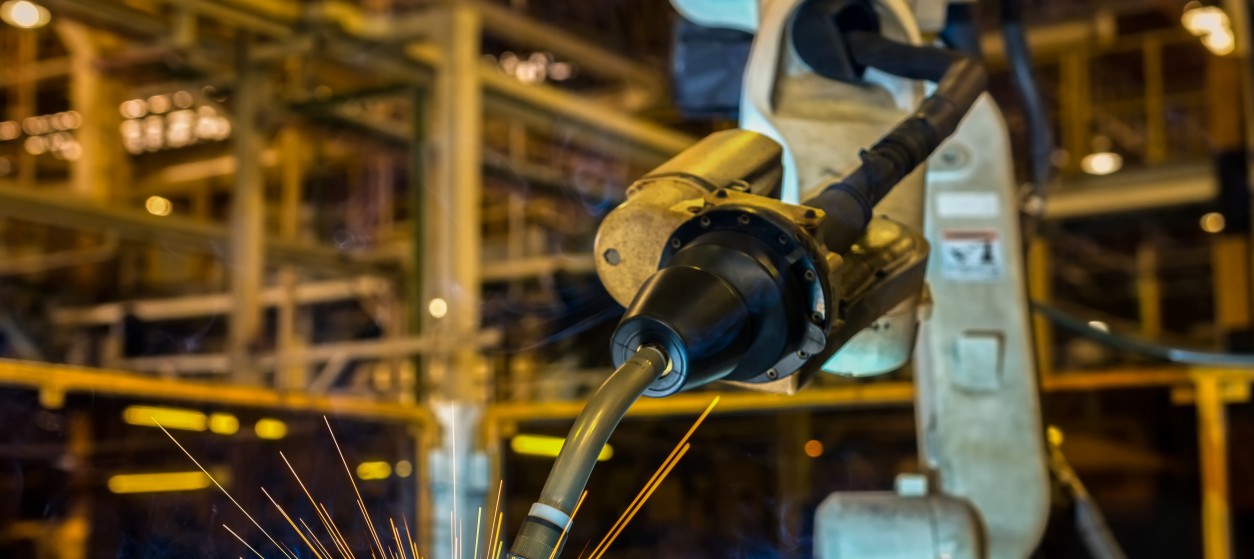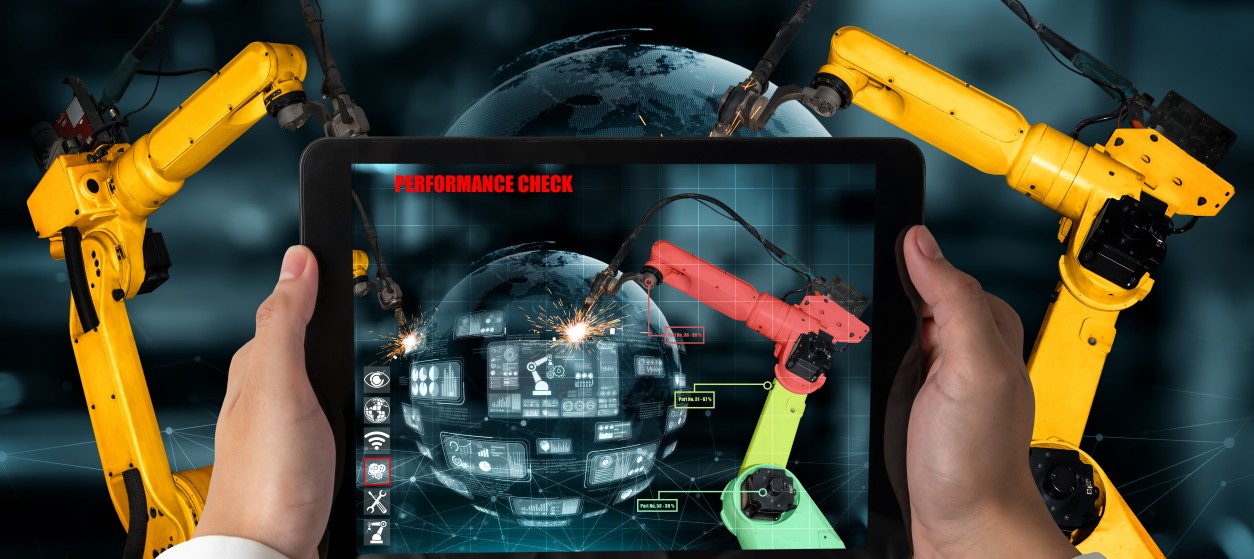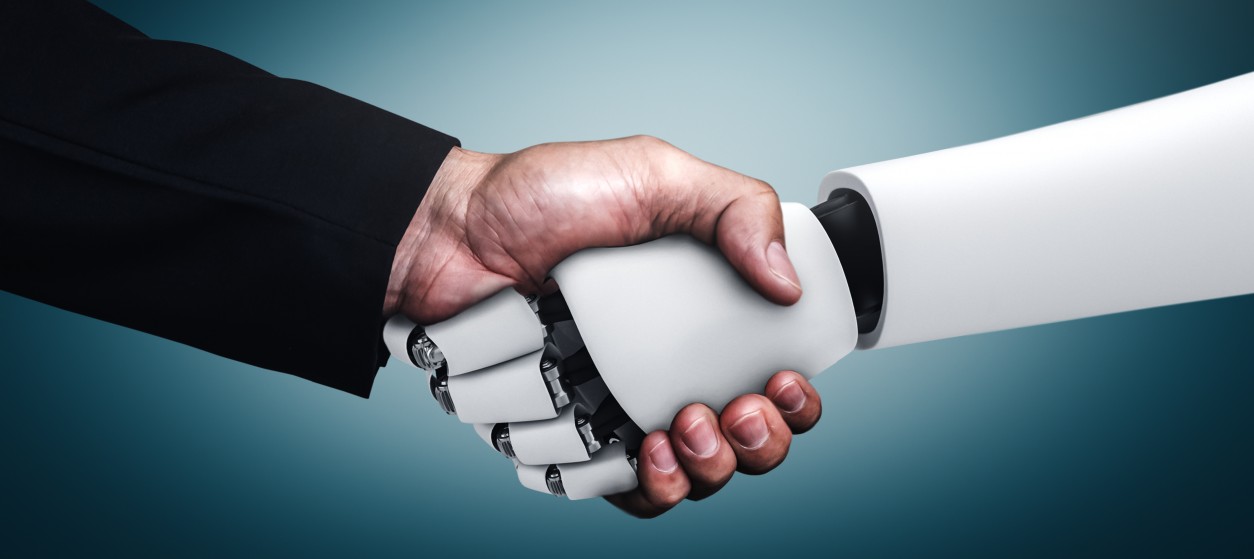In the rapidly evolving landscape of artificial intelligence (AI), Machine Learning Operations (MLOps) has emerged as a pivotal framework that is reshaping how machine learning (ML) models are developed, structured in pipelines, deployed, and managed. This transformation is particularly important in the realm of intelligent automation, where the integration of AI and robotics is driving what many are calling a ‘robotics revolution’. Specifically, novel robotics applications combine multiple ML functions as part of pipelines that represent sophisticated robotics functionalities. MLOPs makes ML pipelines configurable and flexible, which can enhance the capabilities of automation systems and pave the way for more adaptive and versatile robotic applications.
Understanding the MLOps Advantage: Configurable and Flexible ML Pipelines
MLOps combines machine learning with operational practices to streamline the development and deployment of ML models. It bridges the gap between data scientists and IT operations, in ways that foster collaboration and ensure that models are not only developed efficiently but also maintained effectively throughout their lifecycle. This approach addresses many challenges inherent in traditional ML workflows, such as model deployment bottlenecks and operational inefficiencies. Furthermore, it enables solution deployers to leverage entire ML functionalities rather than dealing with low-level functions.
An MLOps environment makes it easy to reconfigure, change and redeploy ML pipelines in support of different data-driven functionalities or in order to benefit from different versions and configurations of ML models. For instance, an MLOps infrastructure facilitates the redeployment of an ML pipeline based on retained ML models with new datasets. Likewise, it eases the redeployment and reconfiguration of a workflow following the replacement of an ML algorithm (e.g., a production defect detection algorithm) with an alternative version of it.
MLOPs as The Backbone of Intelligent Automation
As already outlined, one of the core advantages of MLOps is its ability to make ML pipelines highly configurable and flexible. This flexibility is crucial for intelligent automation systems that need to adapt to changing environments and tasks. Leveraging MLOps pipelines, modern industrial organizations can:
• Automate Model Deployment: MLOps automates the deployment process, reducing manual intervention and speeding up the time-to-market for new models.
• Enable Continuous Integration/Continuous Deployment (CI/CD): MLOps allows for seamless updates and iterations on models, in ways that remain effective as data or requirements change.
• Facilitate Cross-functional Collaboration: Based on the collaboration of interdisciplinary team (e.g., data scientists, developers, operations staff), MLOps ensures that all stakeholders can contribute to and benefit from the ML pipeline.
• Enhancing Flexibility in Automation Functions: The flexibility offered by MLOps can significantly enhance the adaptability of automation functions. In intelligent automation, systems must often switch between different tasks or adapt to new conditions. MLOps supports this by providing a robust framework for managing and updating models without extensive reconfiguration.
Case Study: How MLOps Enables the Robotics Revolution
In robotics, the ability to repurpose tasks is vital. For instance, a robot designed for warehouse operations might need to switch from sorting packages to handling returns. To achieve this flexibility, various perceptive functions such as gesture analysis or movement detection must be seamlessly integrated and updated. MLOps supports the update and reconfiguration of such functions. In particular:
• Gesture Analysis: Robots equipped with gesture recognition capabilities can be reprogrammed to interpret different human signals based on task requirements. MLOps facilitates this by allowing quick updates to the underlying ML models without disrupting existing workflows.
• Movement Detection: Similarly, robots can adjust their movement patterns based on real-time data inputs. MLOps ensures that these adjustments can be made swiftly, enhancing the robot’s ability to adapt to new tasks or environments.
This easier transition from one function to another makes MLOps an important enabler of the emerging ‘robotic revolution’, as it enables robots to perform a wider array of tasks with minimal downtime.
As organizations pay emphasis on the adoption and deployment of advanced AI technologies, MLOps stands out as a transformative force. It optimizes the deployment of AI models and o ensures their scalability and reliability across various applications. This is very important in the case of robotics automation where operational efficiency directly impacts performance outcomes. Specifically, the integration of MLOps into robotics is transforming how these machines operate, namely:
• Robots Gain Enhanced Learning Capabilities: Continuous monitoring and retraining ensure that robots can learn from new data inputs, which is key for improving their performance over time and boosting a continuous learning and continuous improvement discipline.
• Operational Efficiency Increases: Automated processes reduce the need for manual oversight, which allows robots to function more autonomously. Most importantly, this becomes possible for a much richer collection of robotics tasks than in the past.
• Scalability Becomes Feasible: As robotic applications expand across industries, MLOps provides a scalable solution that supports growth without compromising on model integrity or performance. This is very important for supporting the deployment of a proliferating number of robotics devices in modern industrial settings such as manufacturing shopfloors, energy plants and oil refineries.
Overall, the MLOps Revolution is fundamentally transforming robotics and intelligent automation by making ML pipelines more configurable and flexible. This transformation is crucial for more advanced robotics capabilities and for advancing the functionalities of other types of automated systems. In the medium term, mastering AI with MLOps will be key to unlocking new potentials in automation technologies. At the same time, MLOps enhances the adaptability of intelligent systems and drives innovation across industries based on more dynamic and responsive automation solutions. For instance, the MLOps-based accelerated deployment of robotic functions is a key to shortening innovation cycles in the robotics space. Whether it’s through facilitating seamless task transitions in robotics or optimizing model deployment processes, MLOps is set to remain at the forefront of transforming intelligent automation into a more efficient and versatile domain.











Inside AI tools the technology of machine learning is mind blowing, it reduces the chances of error up to 0% very impressive want to check more go on https://www.speraspect.com